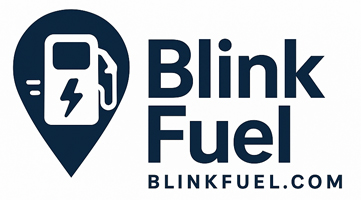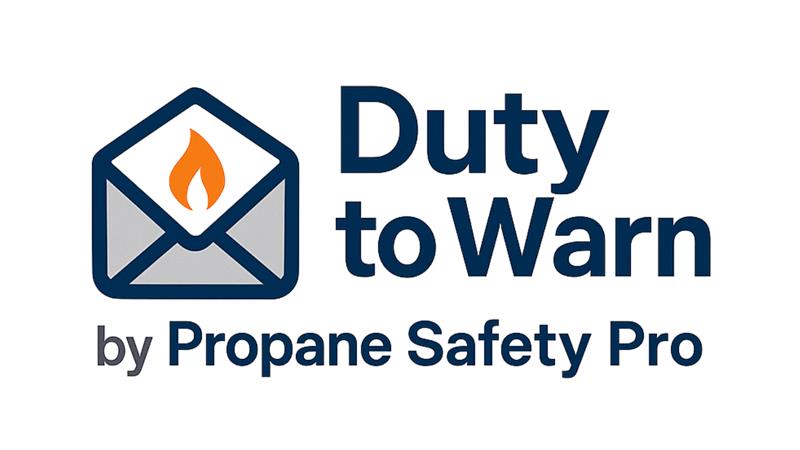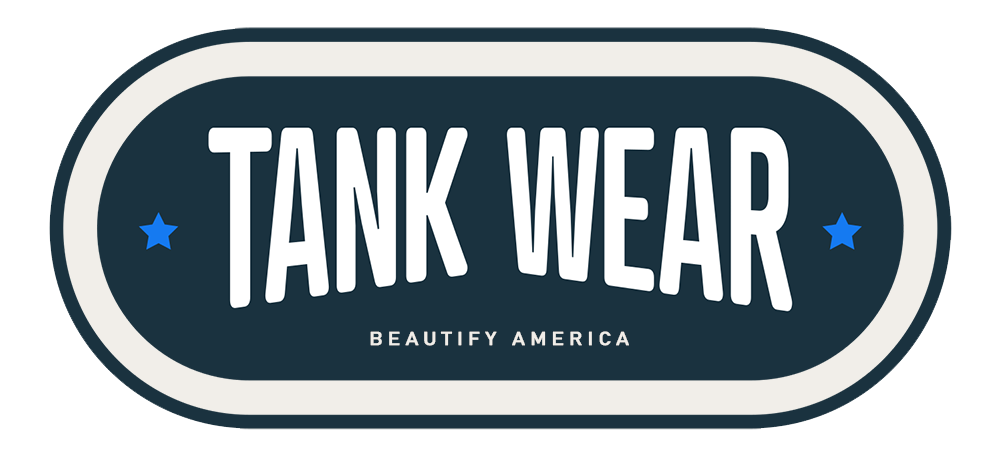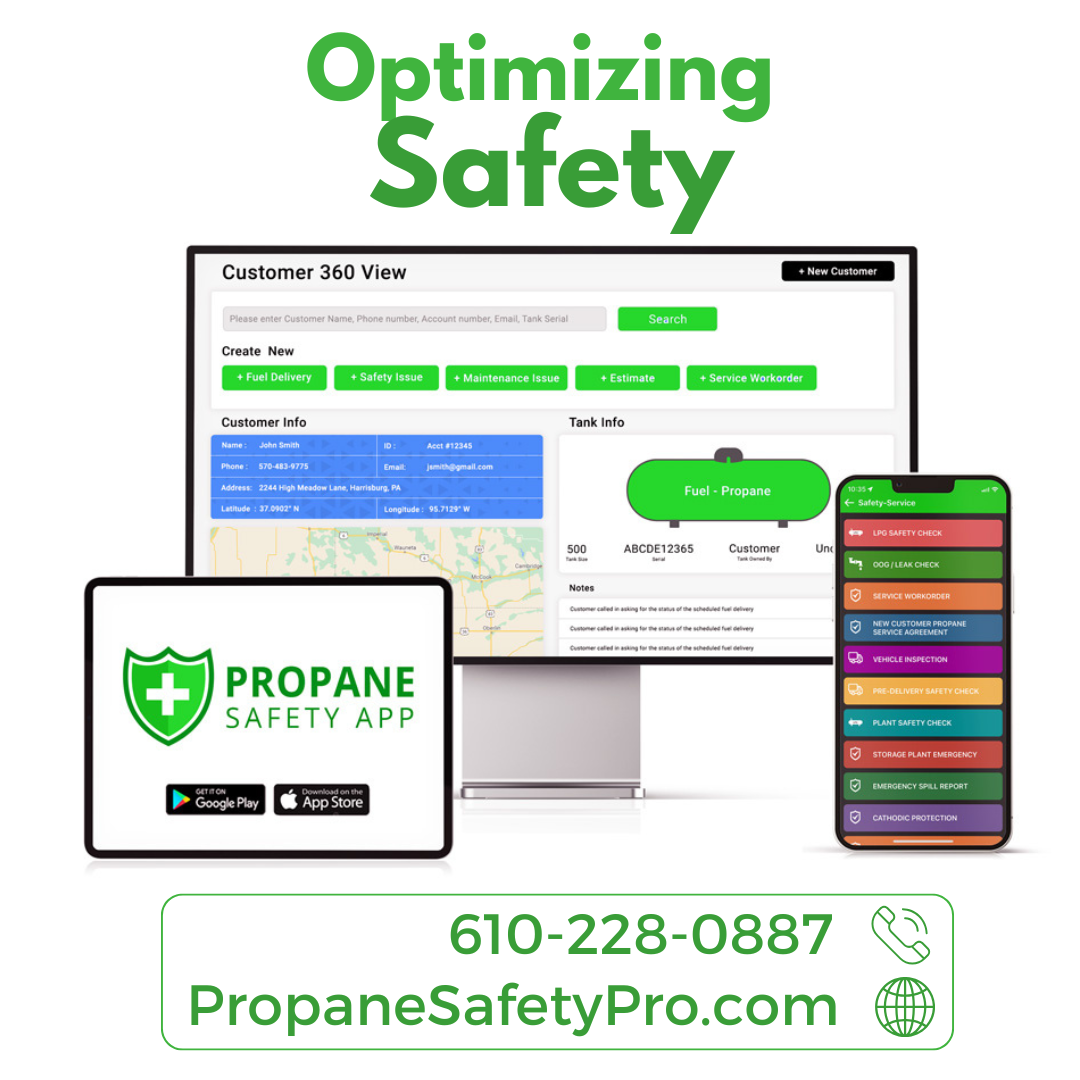From the Driver’s Seat to Sales Growth
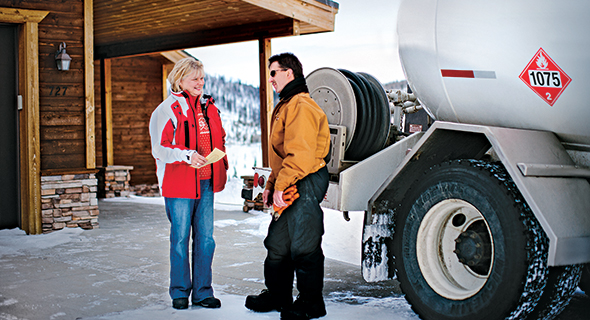
Your delivery drivers do much more than simply drop off propane. They’re often the only face your customer sees related to your business. That makes them your frontline team – your boots on the ground. If you train them correctly, they can do far more than just deliver fuel. They can notice great sales opportunities, strengthen client relationships, and help grow your business from the driver’s seat.
Most propane companies don’t realize or take full advantage of this fact. Drivers come and go, and their job is usually seen as a logistics task, not one of customer care. But if you want to grow without adding a big sales team, teaching your drivers how to identify and speak up about sales is an innovative and straightforward place to start.
Give Them a Mindset, Not a Sales Script
To get this right, you don’t want your drivers to sound like they’re reading from a pitch sheet. The first goal is to help them see themselves as an integral part of the customer experience, not just a delivery stop. Explain how their everyday interactions can do much to make customers feel safe, cared for, and heard.
If a driver notices that a tank is too small for a customer’s needs – or sees an outdated regulator that might need an upgrade – they should feel confident bringing it up instead of feeling like it’s “not their job” to say anything. Let them know you truly value their judgment and trust their eyes in the field.
Teach Them to Spot Sales Signals
Drivers don’t need to close deals, but they should be trained to spot signs that a customer might benefit from something more. This could be higher-than-normal usage, extra propane tanks on the property, older appliances that should be replaced, or even the need for a new outbuilding.
What’s important is helping drivers understand what to look for. If they see a grill and a new pool heater in the same yard, that’s a clue that the customer might be open to a whole-property propane system – or that they need a bigger tank. The driver doesn’t need to pitch anything to the customer. They can just report what they see to the office or sales team and let them take it from there.
Equip Them With the Right Words
Most drivers are not natural salespeople, and that’s fine. That’s not the primary task they were hired to perform. You’re not asking them to close a deal. You’re asking them to simply start a conversation – or at least open a door.
Give them short, friendly ways to mention useful information. For example, “Hey, I noticed your tank is running low more often than usual. Would you like me to mention it to the office and see if we can help?” That’s all it takes to turn a simple delivery into a sales lead.
Back Them Up With Systems
If a driver sees something essential and there’s no way to report it, the lead dies right there. Be sure that your dispatch system, CRM, or route software allows drivers to flag possible upgrades or service needs. This could be in the form of a dropdown field or a short notes section that someone in the office regularly checks.
If you train your office team to treat these flags as real leads, it serves to build trust. The driver sees the result, the customer gets a follow-up, and the business grows. When this happens, everybody wins.
Motivate Them Without Pressure
The fastest way to shut this idea down is to push your drivers too hard. Don’t load them with pressure to hit sales targets. Instead, reward the proper habits. You could offer a small bonus or gift card when a driver’s tip leads to a sale or service job. But more important than money is recognition. A simple thank-you in a team meeting or a shout-out in a group message can go a long way in reinforcing these efforts. When drivers feel like they are part of the bigger picture and a vital member of your team, they tend to stay longer and care more about the overall success of the company.
Show Them What Works
One of the best ways to train this habit is to do a ride-along. Let your sales manager spend a day with a driver and show them how to recognize key opportunities without sounding pushy. Then flip it around – let a good driver ride along with a team member who does sales and customer calls.
This team-building practice will develop mutual respect among your staff and demonstrate that sales are all about noticing needs and caring enough to speak up vs. pressuring people into making decisions.
Build Growth Without Building a Bigger Team
When your drivers are trained to keep an eye out for ways to help customers – and have a clearly established way to pass that information along – you create more value from the team you already have in place. You’re not hiring new staff or changing your model; you’re just tightening the connection between service and sales.
This proactive strategy can have many positive effects for your business. It can lead to upsells, renewals, upgrades, and stronger client relationships that keep customers from suddenly dropping you when a competitor comes along and offers them a cheaper price.
How Driver Training Can Fuel Your Business
Training your drivers to help spot sales opportunities doesn’t mean turning them into full-time deal closers. It means giving them the tools and confidence to help you grow your business from the ground up. When drivers feel like they’re a vital part of the company, not just a delivery person, they tend to act like it. And when customers feel like your whole team is looking out for them and their well-being, they tend to stay with you longer – and spend more.


